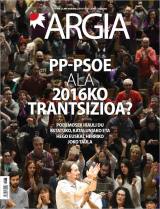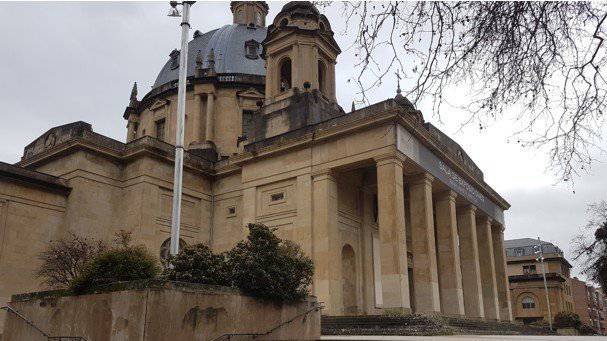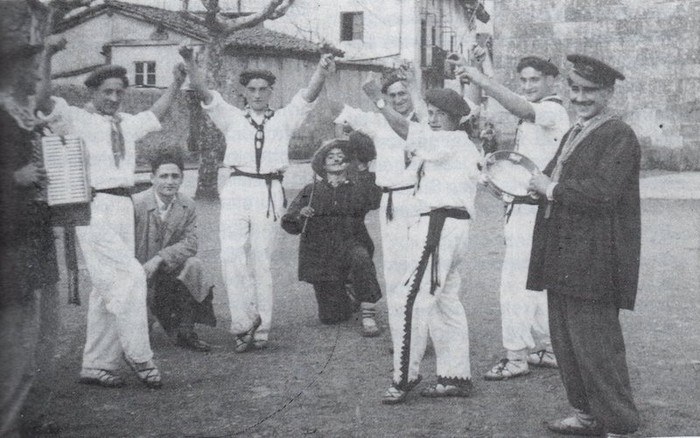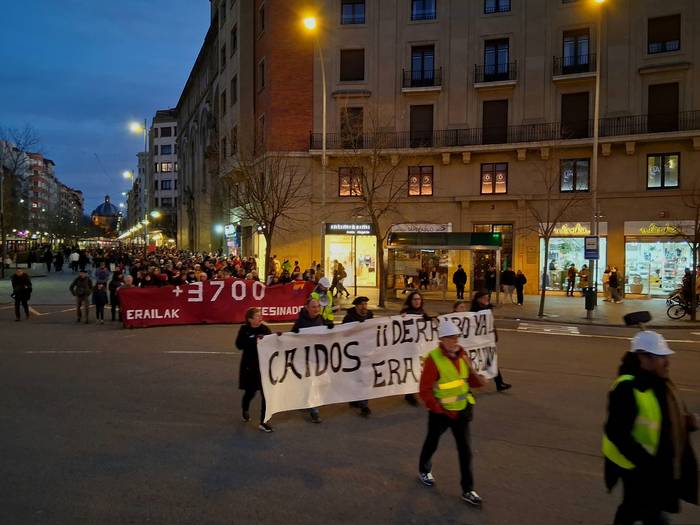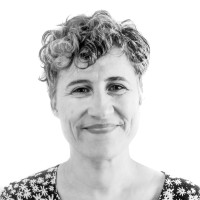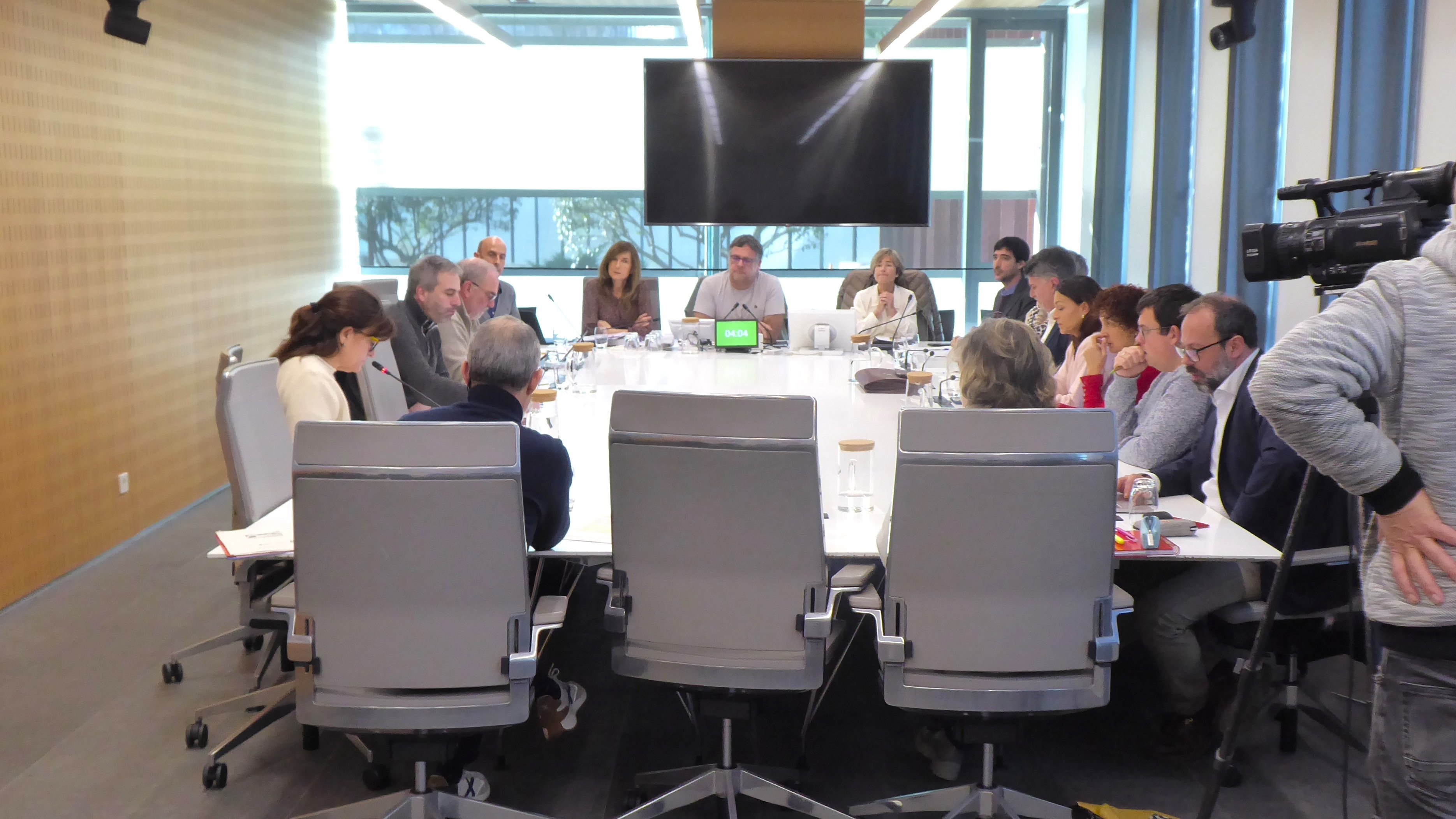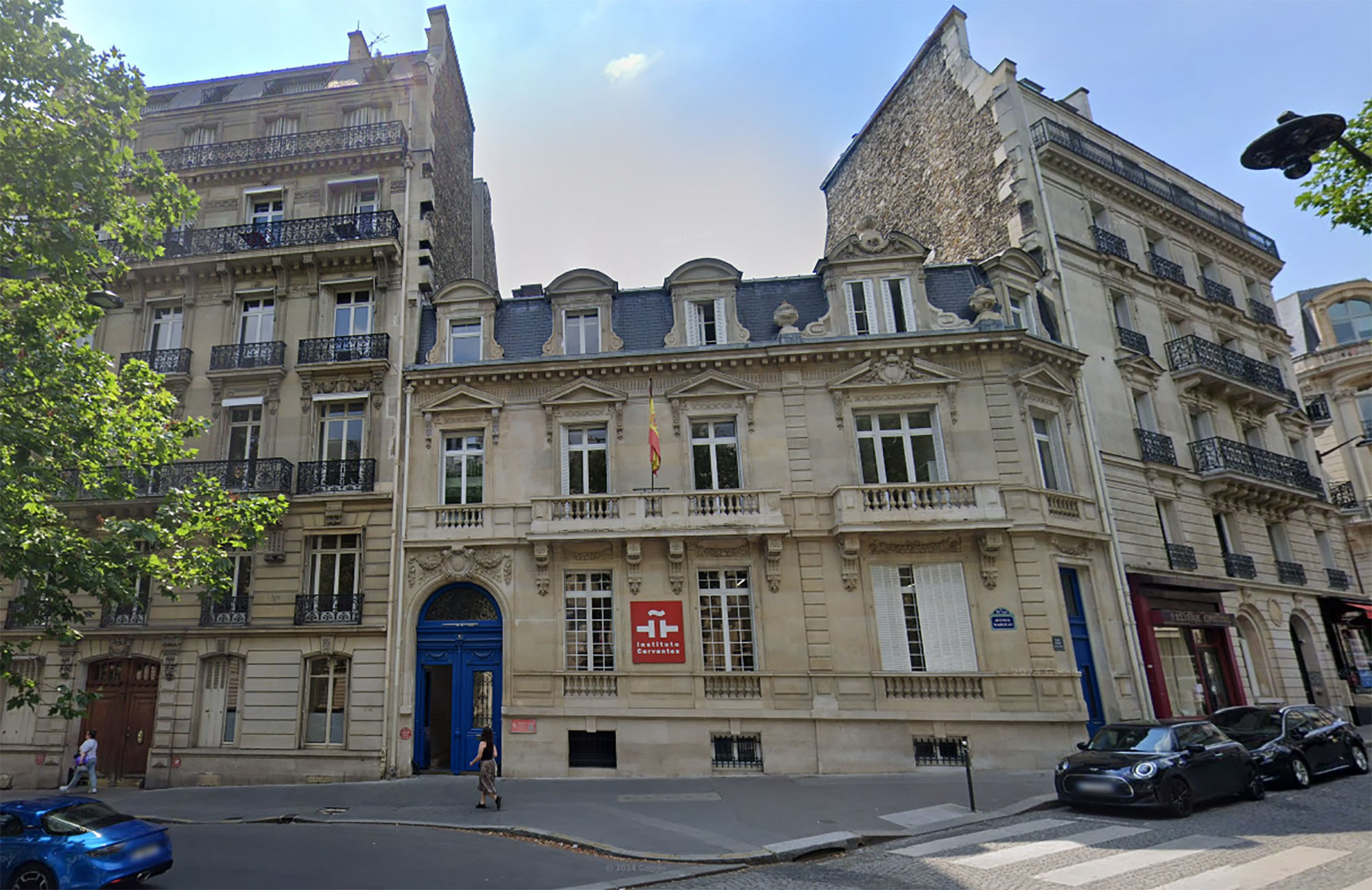Delantal de Nicasio Landa
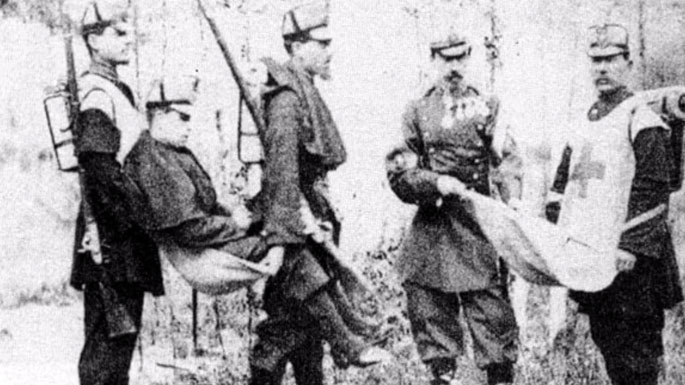
Born 11 October 1830. Nicasio Landa was born. Landa studied medicine, earned a bachelor's degree in 1854, and received a doctorate two years later at the University of Madrid. He did an important job as an epidemiologist in the containment of the cholera pandemic in the mid-19th century. In his books he dealt with topics as varied as human rights, ethnography, archaeology, public health, geology... But, above all, he used his knowledge of medicine in the military sphere.
In 1864, in the same Pamplona and together with the Count of Ripalda, Joaquín Agulló, founded the Spanish Red Cross. In 1870 he was a member of the Spanish delegation to the war between France and Prussia. Soon it would be up to him to apply at home what was seen and learned there, in the last Carlist war (1872-1876).
Dr. Landa realized that it was sometimes difficult to transfer the wounded from the conflict zone to the hospital or to a safe place. The problem was compounded in mountainous areas and closed forests, which could only circulate on foot and with difficulty. In 1865, in his book El mandil de socorro, he explained the right system to move the war-wounded. And in the 1870s, the slow relief, which would later be called El Campo Delantal, materialized and began to use it on the battlefield.
The invention consisted of a piece of fabric, a simple wooden structure and several straps. Thanks to her, the two people were able to take the injured person fairly easily. The back rescuer put on the apron and the forward fastened the lower pole. The wounded man was seated between the two, so the simple device was more suitable for transporting soldiers with minor injuries than for transporting the most serious wounded. But without injuries, wearing the apron on top was much easier for Red Cross members than taking it back and forth with heavy rigid stretches. The Landa apron facilitated the transfer of the wounded and access to them earlier.
For half a century, until the wounded transport systems improved during the First World War, they used the apron to transport the soldiers on both sides of the Red Cross in injured places. In his writings, Dr. Landa reflected extensively on neutrality. And his apron helped neutrally treat the wounded on the battlefield.
Archaeologists have discovered more than 600 engraved stones at the Vasagård site in Denmark. According to the results of the data, dating back to 4,900 years ago, it is also known that a violent eruption of a volcano occurred in Alaska at that time. The effects of this... [+]
Vietnam, February 7, 1965. The U.S. Air Force first used napalma against the civilian population. It was not the first time that gelatinous gasoline was used. It began to be launched with bombs during World War II and, in Vietnam itself, it was used during the Indochina War in... [+]
I just saw a series from another sad detective. All the plots take place on a remote island in Scotland. You know how these fictions work: many dead, ordinary people but not so many, and the dark green landscape. This time it reminded me of a trip I made to the Scottish... [+]
Japan, 8th century. In the middle of the Nara Era they began to use the term furoshiki, but until the Edo Era (XVII-XIX. the 20th century) did not spread. Furoshiki is the art of collecting objects in ovens, but its etymology makes its origin clear: furo means bath and shiki... [+]









